

I should be writing about The International 5. It started yesterday, and it’s the biggest event in eSports history. In fact, my original MOBA Monday piece was about it, discussing players, statistics, and my prediction for the winner. But a couple news pieces have come across my desk this week that can’t be ignored. While the whole world watches DotA 2, another eSports genre is benning to reach maturity.
First, SMITE developer Hi-Rez announced a new game yesterday–a tactical shooter called Paladins. Paladins is a colorful online multiplayer brawler inspired by MMORPGs, online card games, SMITE’s Siege map, and shooters like Counter-Strike and Team Fortress 2. In it, teams of six fight to secure waypoints and unleash powerful Siege Engines. Those Siege Engines travel into enemy territory and attack enemy waypoints, eventually destroying the enemy base. Though Hi-Rez has yet to confirm whether the title will be marketed as an eSport, they have already established a solid streaming presence for it, building upon lessons learned while developing SMITE.
Second, Microsoft announced the prize pool for the Halo 5: Guardians World Championship. Players will compete for a piece of over $1 million USD, eclipsing last year’s Halo Championship Series, which boasted a prize of only $150 thousand USD. This morning’s announcement confirms Microsoft’s confidence in eSports as both a marketing and an entertainment medium.
I have been asked to discuss market saturation in MOBAs several times since I began this column. (Staff writer Nick Shively has tackled the question once or twice, too, in my absence.) Every couple of weeks, an editor asks me to revisit the topic. And for a long time, my answer has remained the same: RTS-style MOBAs still have room to grow. But now, in the full eclipse of the TI5, I think the market has begun to slow, and companies are beginning to push the genre in new directions.
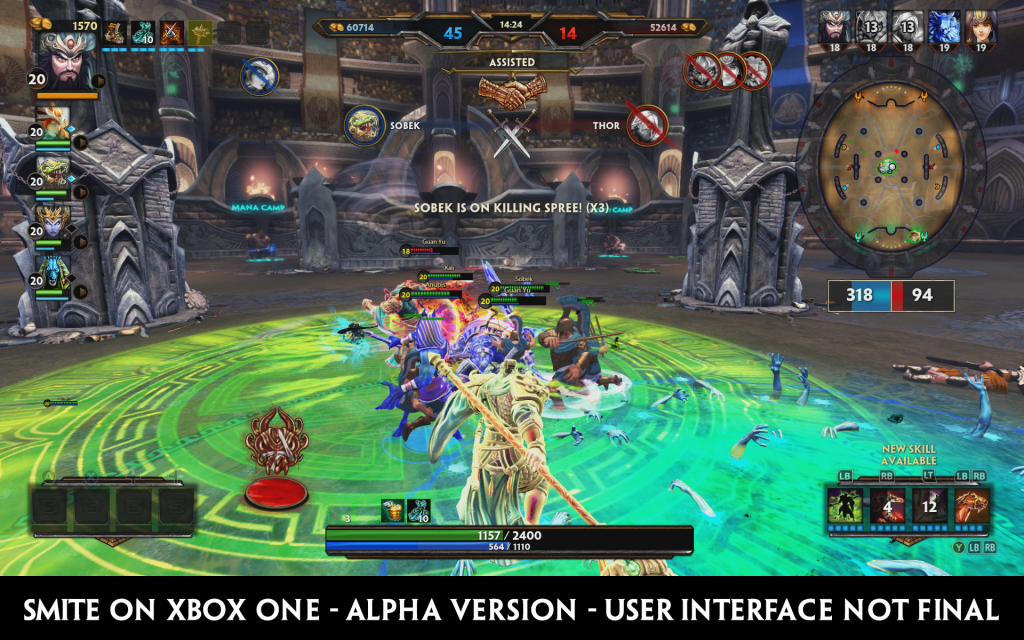
In early 2015, I believed diversifying platforms would add depth to the limited MOBA market. And, to an extent, it has. SMITE has gained an incredible following on Xbox; Gigantic is one of the most anticipated titles of the year; and Vainglory has exploded on mobile, becoming one of the most popular games on the ESL circuit. But pushing into new mediums was really the only direction in which MOBAs could grow. The market has reached its half life, and new games are suffering for it.
Believe it or not, eSports is evolving, and it appears to be moving away from tower defense games like DotA 2 and League of Legends. The market appears to be making a shift toward tactical shooters, which makes sense. Shooters are much more versatile than tower defense games. Abilities, objectives, game modes, maps, and weapons can vary greatly between titles, and shooters can be played on almost any gaming platform. Tower games aren’t nearly as dynamic, which is their greatest fault. Variables like characters, roles, lanes, and objectives are limited, leading each new title to look and feel like a predecessor.
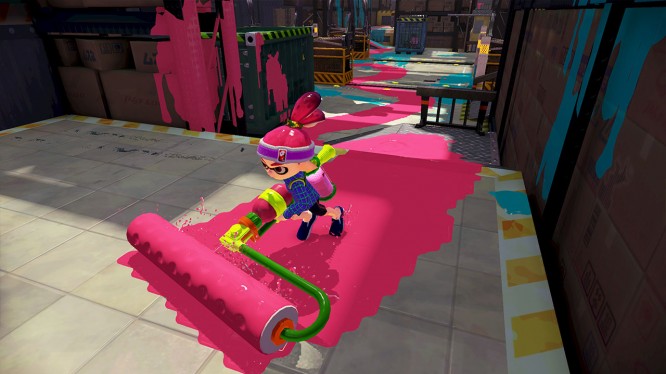
And new tactical shooters have begun to spring up everywhere–almost overnight. Blizzard teased Overwatch at Blizzcon last year, Gearbox unveiled plans for Battleborn earlier this year, and Valve is adding ranked matchmaking to Team Fortress 2. Even Nintendo is getting in on the action. In April, Gamespot spoke briefly with producer Hisashi Nogami about Splatoon’s eSports potential. Though the company does not have any specific plans for the title, Nogami admitted that he designed the game with competition in mind:
“Personally speaking, I feel like there is sort of a sport element to Splatoon in that you’re constantly adjusting to situations on the battlefield; looking, ‘Oh this space is open here, let’s attack,’ or, ‘Oh, we need to defend here.’ So there’s this offense-defense dynamic,” he said. “And in that way [it] resembles a sport…. It was going to start as a competitive, team-based game in which people would shoot ink and be able to hide in that ink, compet[ing] against each other by spreading territory and taking territory…. And that’s the next step from that initial concept phase.”
Let me be clear, I do not expect current MOBA giants to suddenly disappear. League of Legends, DotA 2, SMITE, and Heroes of the Storm will likely remain the undisputed eSports kings for the foreseeable future. But I doubt any other tower defense game will become anywhere near as popular. Several other games have tried to make names for themselves as eSports, and none of them have truly succeeded. Titles like Games of Glory and Heroes of Newerth have yet to attract mass audiences, despite being quality games.
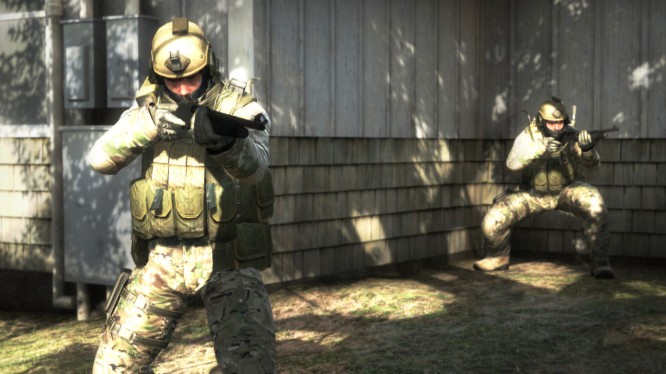
Professional gaming and shooters is not a new concept. In fact, it’s hard to talk about the history of eSports without mentioning a couple shooters. Counter-Strike was, arguably, one of the first major eSports–definitely the first game to organize a global league. In April 2006, the seven most prominent Counter-Strike Teams formed the G7 federation, a group that aimed to standardize and stabilize world-wide eSports. Members included household names like 4 Kings, Fnatic, and SK-Gaming. From there, G7 branched out into other games, sponsoring teams and supporting tournaments. Arguably, the mainstream internet’s obsession with eSports is directly tied to a small pool of professional Counter-Strike players.
And Counter-Strike continues to organize successful professional tournaments. Counter-Strike: Global Offensive (CS: GO) continues to feature top-level competitions. Though the tournament prize pools are marginal when compared to Valve’s annual TI prize, they hold their own. The CS: GO Championship at Dreamhack features a $250,000 every year.
And tactical shooters are already among the most popular games in the world. A quick look at the latest Newzoo research shows that CS: GO is the third most popular PC game on the market, followed by World of Tanks and Arma III. This doesn’t include the console market, where shooters like Halo, Call of Duty, and Battlefield own majority shares of the market.
In short, shooters are tested, proven, and viable options for professional gaming, and developers find them attractive due to their incredible versatility. The bubble has finally burst on the MOBA, and the shooter, one of the oldest genres in modern gaming, is making a solid effort to fill its shoes.


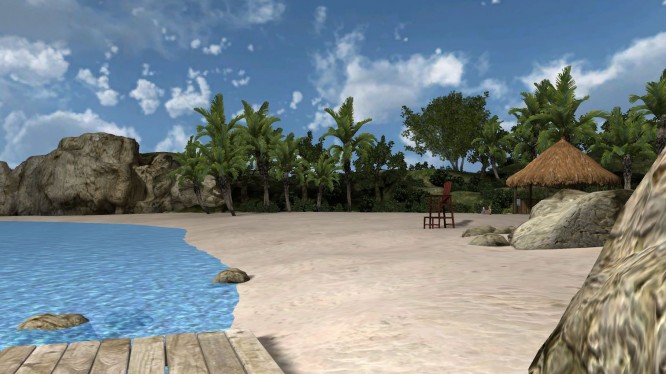

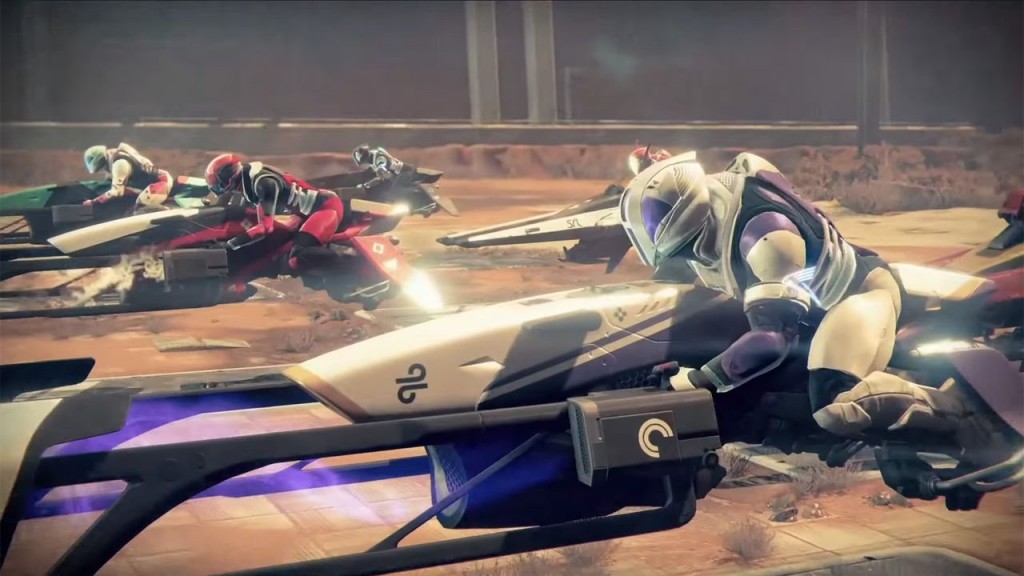 Destiny: The Taken King - Complete guide to the Sparrow Racing League
Destiny: The Taken King - Complete guide to the Sparrow Racing League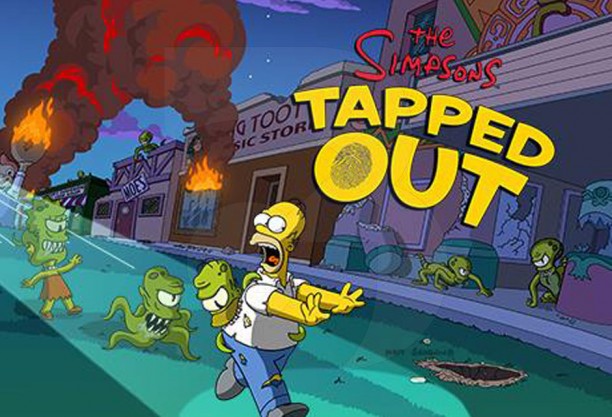 The Simpsons – Tapped Out: Guide to Halloween 2015 Part 2
The Simpsons – Tapped Out: Guide to Halloween 2015 Part 2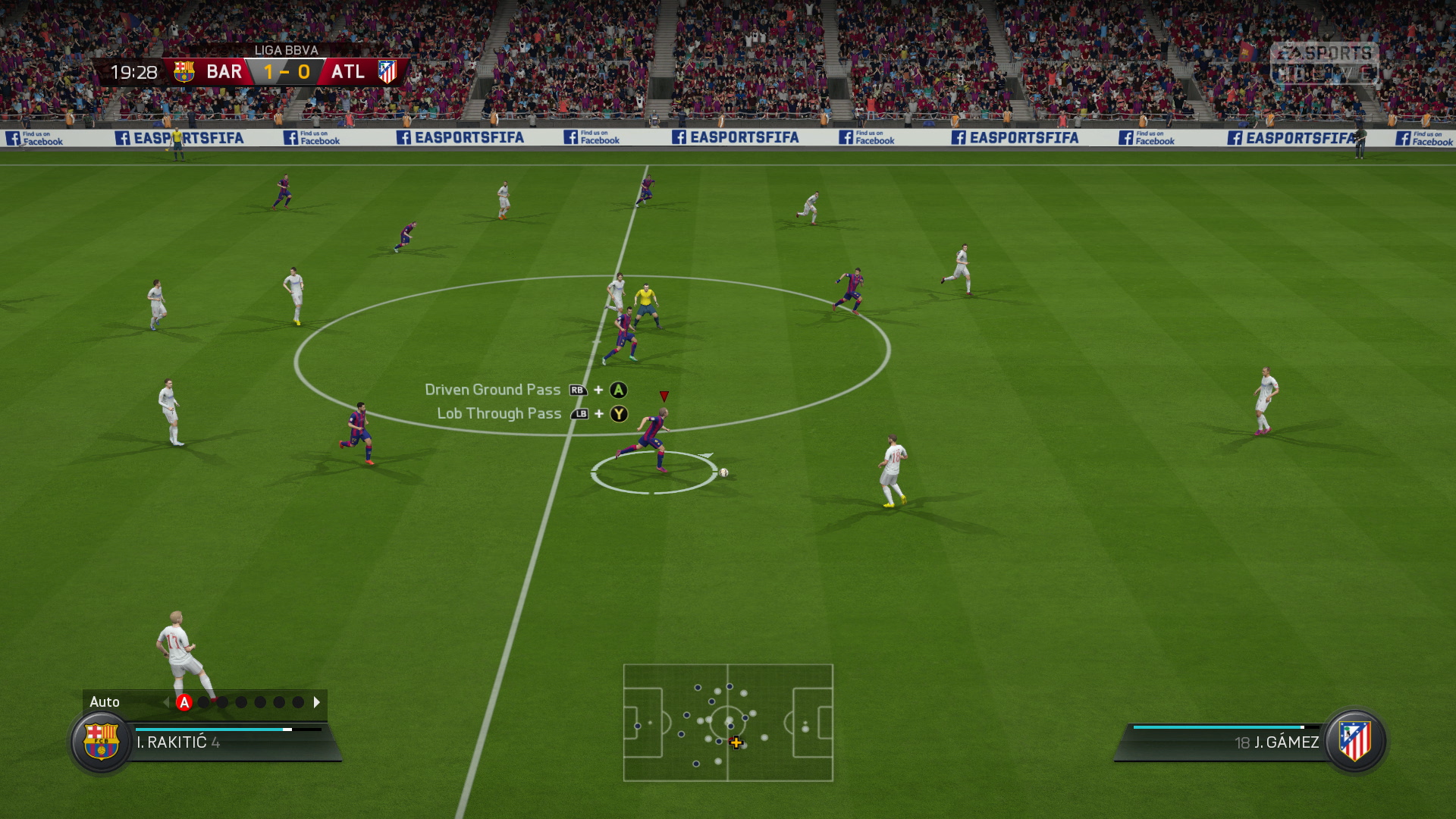 FIFA 16 - Best Dribbling technique in the game tutorial
FIFA 16 - Best Dribbling technique in the game tutorial Bloodborne: The Old Hunters – Here's how to get the Milkweed Rune
Bloodborne: The Old Hunters – Here's how to get the Milkweed Rune LoL Quarterfinals: SSB vs. C9 and SHR vs. EDG .
LoL Quarterfinals: SSB vs. C9 and SHR vs. EDG .